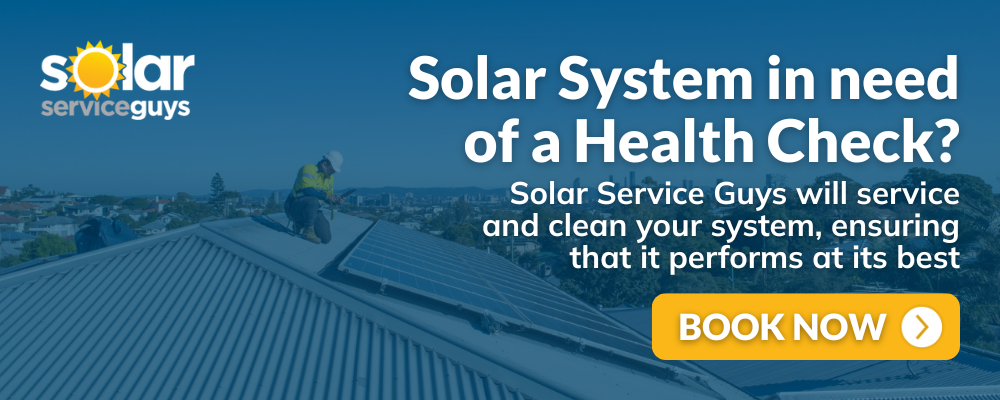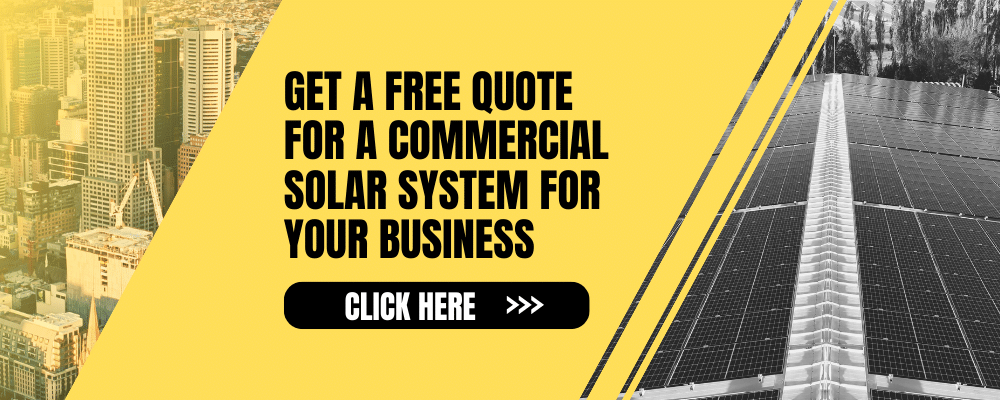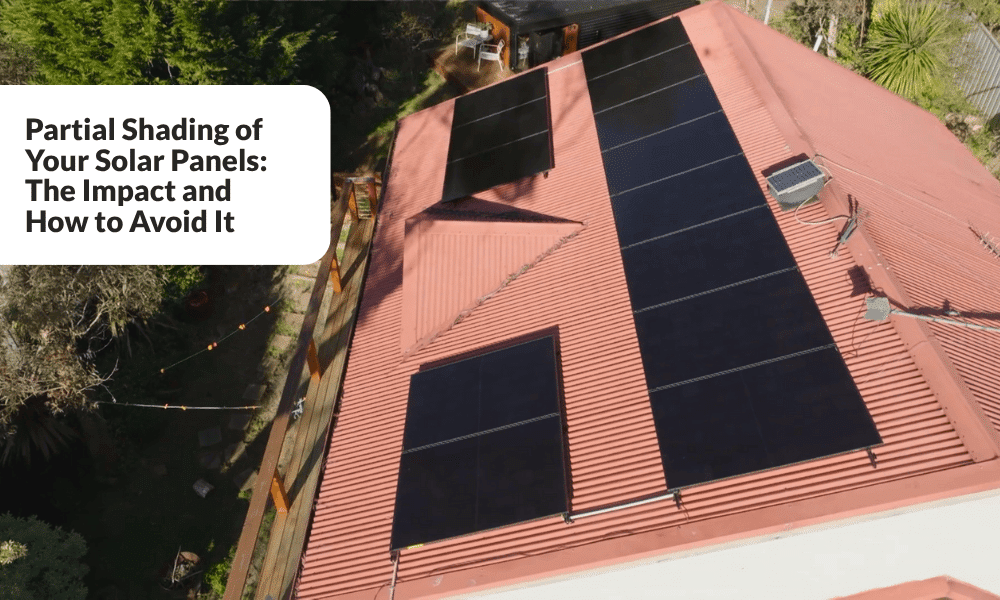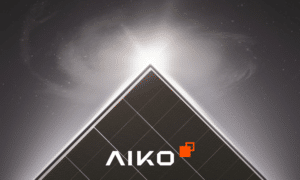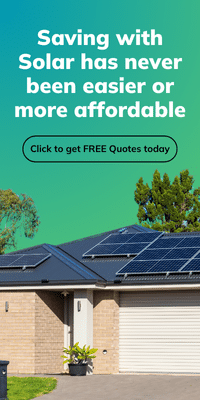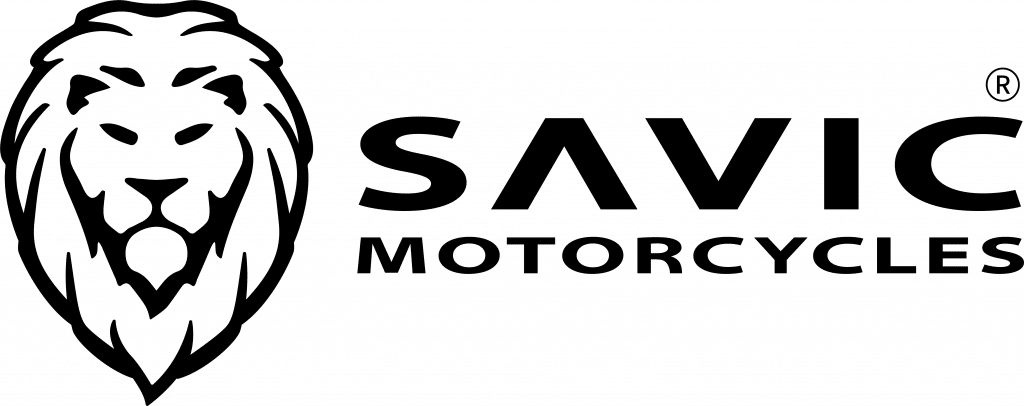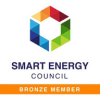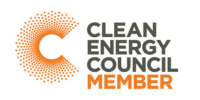We all know solar panels need sunlight to work their magic. But what happens when part of a panel cops some shade? Whether it’s from a stray branch, a chimney, or a cheeky cloud, partial shading can cause more trouble than you think, cutting solar output dramatically. Luckily, clever innovations are helping lessen the impact.
Enter All Back Contact (ABC) solar technology, the star of our recent visit to the AIKO factory in Episode 1 of Energy Matters. This tech is changing the game by keeping your solar system cranking, even when conditions aren’t picture-perfect.
Why is partial shading such a drama?
You’re only as strong as your weakest link.
A common saying that also applies to solar panels. Solar panels are made up of lots of little solar cells. These are wired together in a series, like fairy lights. If just one cell is shaded, it can affect the flow of electricity through the whole string. So even a small bit of shadow, from a power line or the neighbour’s TV antenna, can pull down the output of several panels. Remember when one bulb blew on your Christmas lights and the whole string went dark? Traditional solar systems can behave the same way. One shaded panel can drag them all down.
This bottleneck effect leads to a drop in energy production. In traditional panels, some shaded cells don’t just underperform, they become resistors, heating up and potentially damaging the panel. It’s a lose-lose situation. Let’s say you have 400W panels on your roof. In the afternoon, one panel gets shaded by a nearby tree and its output drops to 200W. If your system uses a traditional string inverter, that entire string of panels will be limited by the shaded panel, meaning all the other panels could also be pulled down to around 200W, even if they’re in full sun.
Let’s face it, most rooftops aren’t perfectly positioned with no obstacles around. So, any tech that deals with shade more gracefully is worth a look.
What makes ABC panels different?
All Back Contact (ABC) technology is exactly what it sounds like: the electrical contacts are located entirely on the back of the solar cell. This clears up the front surface of the cell, allowing more sunlight to hit it without obstruction.
But that’s not the only perk. ABC tech also helps with heat management, electrical resistance, and, importantly, performance in partial shading.
Here’s how it works:
- No front-side metal fingers: Traditional panels have thin lines of metal across the front of each cell. These block a small amount of sunlight. ABC panels ditch these lines, letting in more light.
- Backside smarts: With all the electrical action happening underneath, current flows more freely. This helps the panel recover faster when shading lifts and reduces the impact of shaded cells on the whole string.
- Built-in bypassing behaviour: ABC panels have a more efficient way of routing current around shaded cells. Rather than dragging the whole string down, shaded areas become more isolated, kind of like detouring around traffic rather than sitting in a jam.
In short, ABC panels are built for real-world conditions: rooftops with leaves, chimneys, or the occasional bird having a rest on your roof.
A peek inside AIKO’s mammoth factory
In Energy Matters Episode 1, we toured AIKO’s world-class manufacturing facility, where ABC panels are made at scale. The size of the operation is jaw-dropping — precision robots, clean-room conditions, and top-tier quality control.
AIKO isn’t just another panel maker. They’re a pioneer in ABC tech, having pushed the limits of cell efficiency while tackling one of solar’s biggest pain points: partial shading.
Their panels are already leading the charge in global efficiency rankings, but their smart handling of real-world rooftop issues is what really caught our eye. While many solar companies focus on ideal lab conditions, AIKO is providing solutions for everyday Australian rooftops.
Why this matters for Aussie homes
Australia’s solar obsession is legendary, but so are our tricky rooflines. Whether you’re in the suburbs or bush, few rooftops are free from shade for every hour of the day. That means shading is a daily issue for many households.
Choosing panels that can better handle partial shading means:
- Higher energy yields overall
- Less risk of hot spots and panel damage
- More consistent performance throughout the day
- Better return on investment
Add to that the premium build quality and long lifespan of AIKO’s ABC panels, and you’ve got a serious contender for Aussie conditions.
Thomas Bywater, Country Manager for AIKO Australia, joined us in Episode 57 of our podcast Road to ZERO to discuss the ABC technology in AIKO’s panels:
“We actually use lasers to produce those cells in a way we couldn’t even five years ago. So we knew in theory that it could be done… but finally, with the development of the lasers and robotics… we were able to get that precision manufacturing so we can put down little regions of silicon that help the solar cell to jump around shade.
Pair it with smart design
Of course, technology isn’t the only answer. Good system design still plays a big role. That means:
- Placing panels away from known shade zones
- Using microinverters or power optimisers where needed
- Considering tree trimming or panel reconfiguration if shading is seasonal
But where some shade is unavoidable, ABC panels can offer peace of mind.
Real-world solutions for Aussie rooftops
Partial shading can throw a real spanner in the works for traditional solar systems. We encourage all home and business owners to explore the technology, minimising the impact of shade, including microinverters, power optimisers, and tech like ABC. AIKO’s panels show that smart engineering can make solar more resilient, more efficient, and better suited to the messy reality of Australian rooftops.
Watch the AIKO factory tour segment or catch up on Episode 1 of Energy Matters on 9Now.









